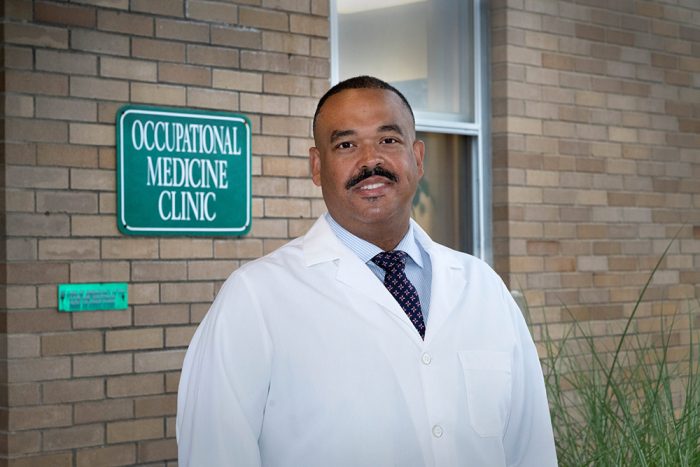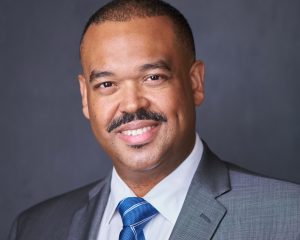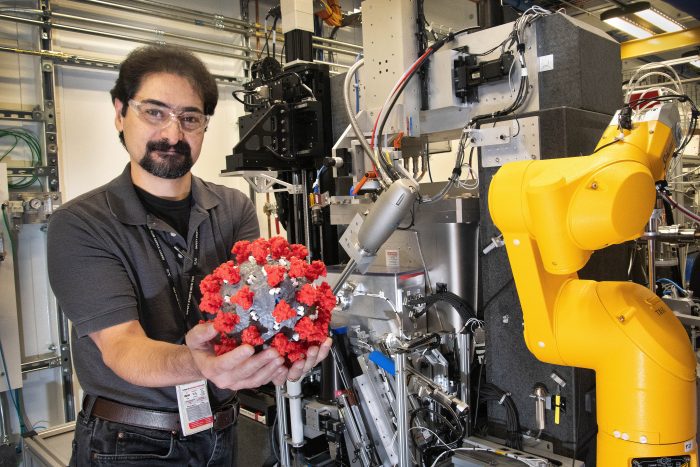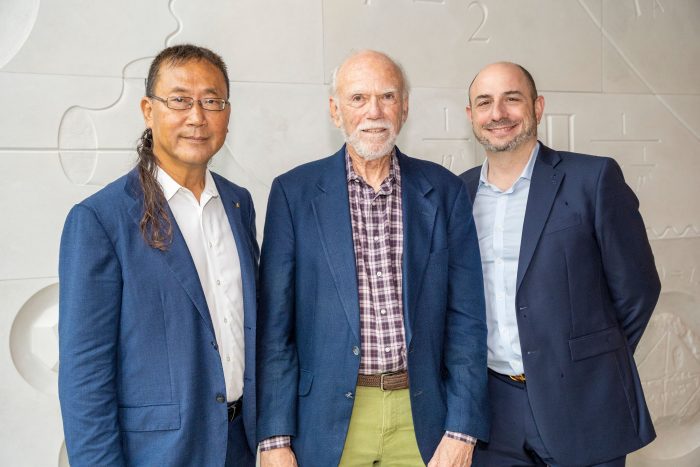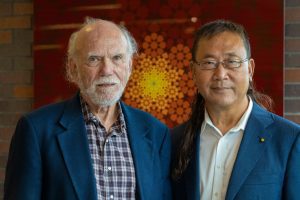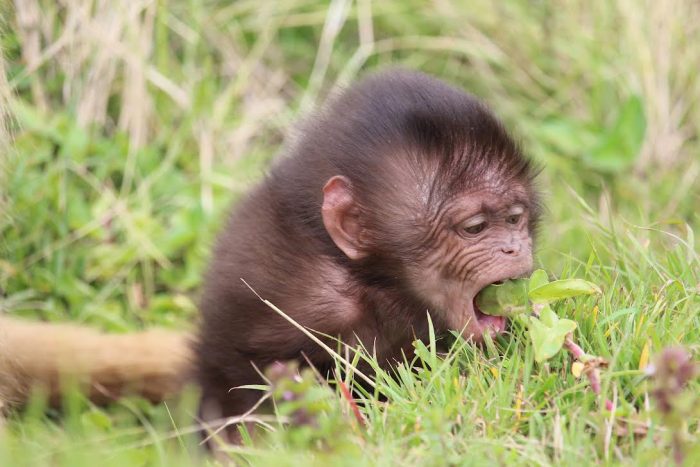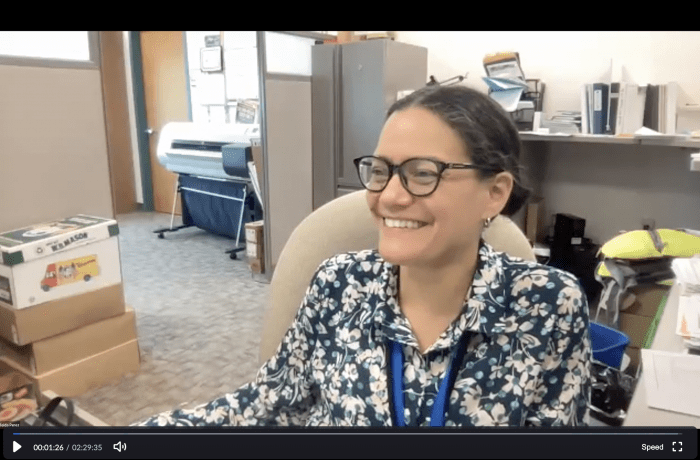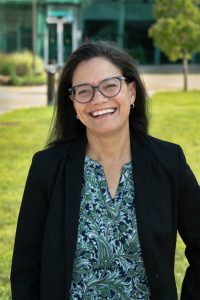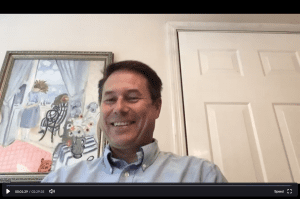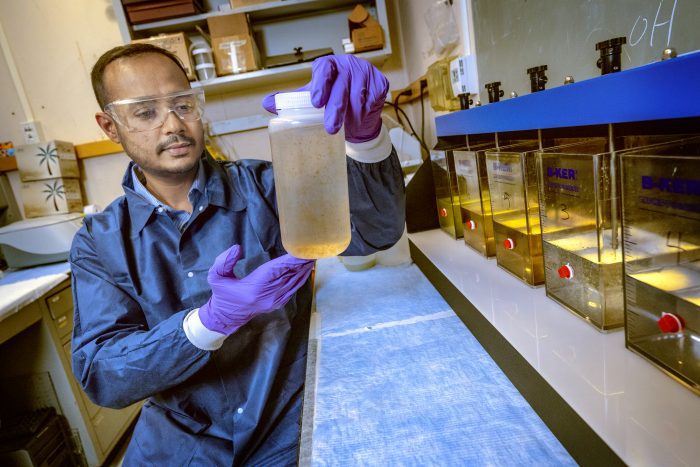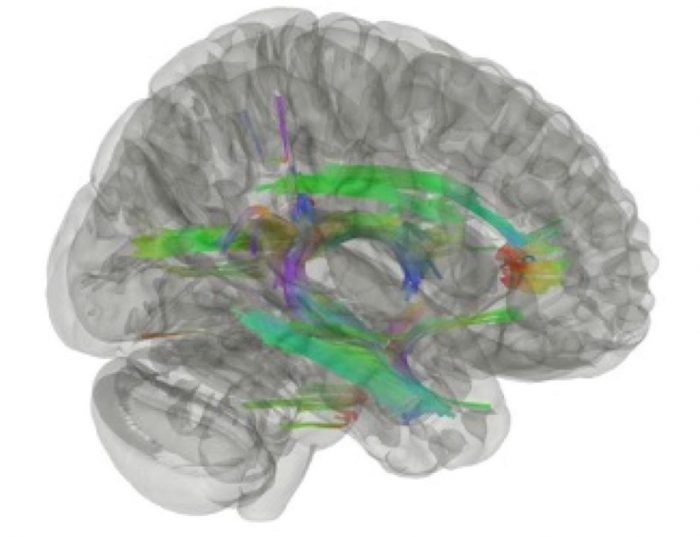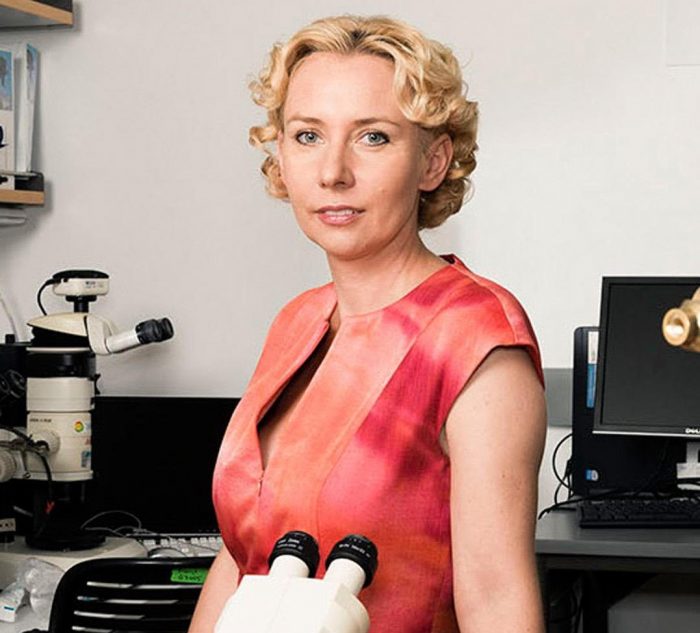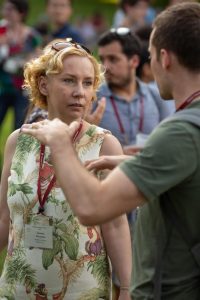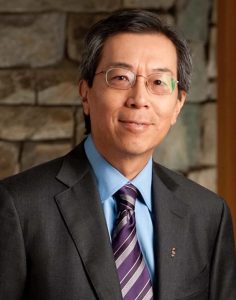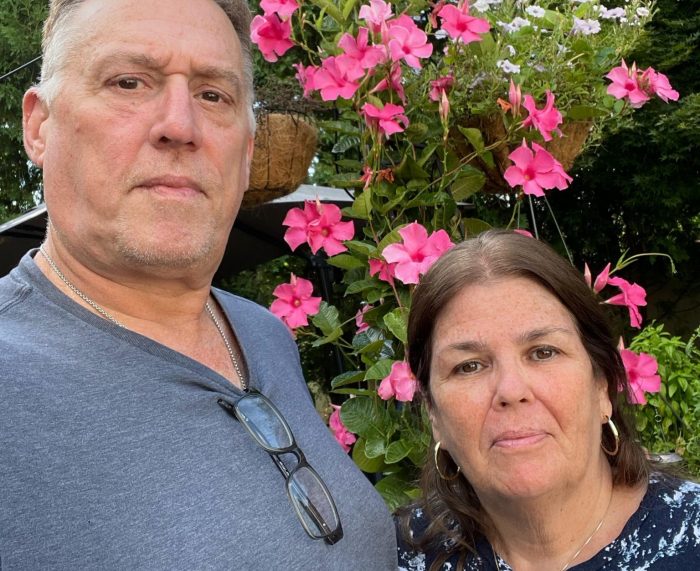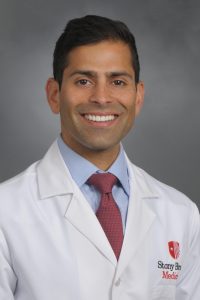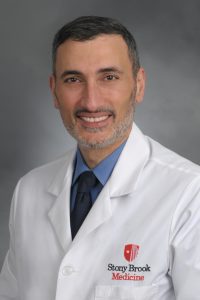By Daniel Dunaief
Fungal infections represent a significant health risk for some patients, killing about 1.5 million people globally each year. Doctors struggle to provide medical help for some of these patients, especially those whose weakened immune systems offer insufficient protection against developing pathogens.
Invasive fungal infections, which people typically contract by inhaling them as spores, account for about half of all AIDS-related deaths.
Maurizio del Poeta, Distinguished Professor at the Renaissance School of Medicine at Stony Brook University, has been studying ways to boost the body’s defenses against these potentially deadly infections, even among people with weakened immunities.
Recently, Caroline Mota Fernandes, a postdoctoral researcher in del Poeta’s lab, published research in the journal mBIO, a publication of the American Society for Microbiology, that demonstrated that a heat-killed, mutated version of the fungus Aspergillus conveyed protection in an animal model of an immunocompromised individual.
“The biggest news is that we can simply use the ‘autoclaved’ mutated version,” explained del Poeta in an email. “This version cannot be more dead!”
An autoclave is like a scientific oven: it raises the temperature or pressure. In this case, it can kill the mutated fungus, leaving only the mutated signal that primes the immune system.
The mutated and heat-killed version of the fungus, however, still provided full protection in a condition in a model of a weakened immune system.
“That means this formulation is highly stable and resistant to heat degradation,” del Poeta added.
Del Poeta’s lab had conducted similar research with another fungus called Cryptococcus.
By demonstrating that this approach also works with Aspergillus, del Poeta said the result “validates the cryptococcal vaccine (after all, it uses a mutant of the homolog gene, Sg11 in Crypto and SglA in Aspergillus.”
It also shows that protection exists under an additional type of immunodepression that is different from the one used in the cryptococcal vaccine.
The encouraging results, while in the preliminary stages, are relevant not only for immunocompromised people in general, but also for those who have been battling Covid, as Aspergillus was the cause of death for many patients during the worst of the pandemic.
Homologous genes
Del Poeta’s lab has focused on genes that catalyze the breakdown of steryl glucosides, which scientists have also studied in the context of plants. Crops attacked by various fungi become less productive, which increases the need to understand and disrupt these pathways.
“Folks working with plants started observing that these molecules had some kind of immunomodulatory property,” said Fernandes. “That’s where the idea of this steryl glucosides, which also is medicating fungal virulence, came from.”
The mutation Fernandes studied removed the sterylglucosidase gene sglA. Without the enzyme that breaks up the steryl glucose, the fungus had less hypha, which are necessary for the growth of the fungus. The mutation also changed the cell wall polysaccharides. Mice vaccinated with this heat-killed mutation had a one hundred percent survival rate in response to exposure to the live fungus.
“What was a very great achievement of our work was getting 100 percent protection,” said Fernandes. For immunocompromised people for whom a live attenuated fungus might threaten their health, the effectiveness of the heat-killed mutation proved especially promising.
In the experiment, she administered the vaccine 30 days before exposure, while providing boosters as often as every 10 days.
Fernandes, who started her post doctoral research in del Poeta’s lab in 2018, said several questions remain. “After this study, we are going to try to characterize exactly how this strain induces the immunity and protection to a secondary challenge of Aspergillus,” she said. Dr. Veronica Brauer, another post doctoral researcher in del Poeta’s lab, is conducting this research.
At this point, it’s unclear how long protection against a fungal infection might last.
“For us to estimate the duration of the protection, we have to have a more specific understanding of which immune components are involved in the response,” said Fernandes.
As of now, the mice vaccinated with the mutated and heat-killed fungus had no off target effects for up to 75 days after vaccination.
Fernandes is also working to characterize the mechanism of action of a new class of antifungal drugs previously identified by the lab, called acylhydrazones. She hopes to identify a new virulence protein in Cryptococcus as well.
Collaboration origins
Fernandes, who was born and raised in Rio de Janeiro, Brazil, first worked in del Poeta’s lab in 2013, while she was conducting her PhD research at Federal University of Rio de Janeiro. She was studying antifungal peptides and explained to the Brazilian government why coming to Stony Brook would contribute to her research.
Fernandes started studying fungi when she was in her second year of college at Federal University of Rio de Janeiro.
The daughter of two chemists, Fernandes said she grew up in a house in which she had pH strips, which she used to test the acidity of shampoo, water and anything else she could test. She also entered numerous science fairs.
Fernandes met her husband Jonas Conde, who is a virologist at Stony Brook University and who has studied Covid-19, when they were in nearby labs during their PhD research.
Residents of Port Jefferson, Fernandes and Conde have a four-month-old son named Lucas.
Having a child “motivates me to be better in my work and to set an example for him to be committed in doing some good for other people,” Fernandes said.
Del Poeta described Fernandes as being “extremely effective” in managing her time and has “extraordinary motivation.” He appreciates her commitment to her work, which is evident in the extra papers she reads.
Fernandes appreciates being a part of del Poeta’s lab. She described him as an “amazing” researcher and supervisor and said being a part of his group is “an honor.”
Del Poeta said Fernandes will continue to make mutants for additional fungi, including Mucorales and Rhizopous, for which antifungal therapy is not particularly effective.
Del Poeta added that the urgency of this work remains high. With several other Stony Brook faculty, he has submitted grants to study Sgl1 as a vaccine and antifungal target.
“Imagine [making] a drug that not only can treat the primary infection, but, by doing so, can potentially prevent the recurrence of a secondary infection?” he asked rhetorically. “Exciting!”


